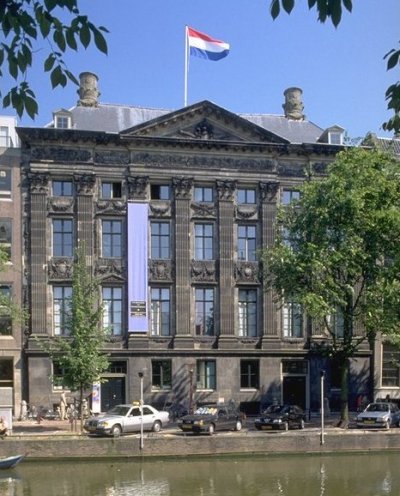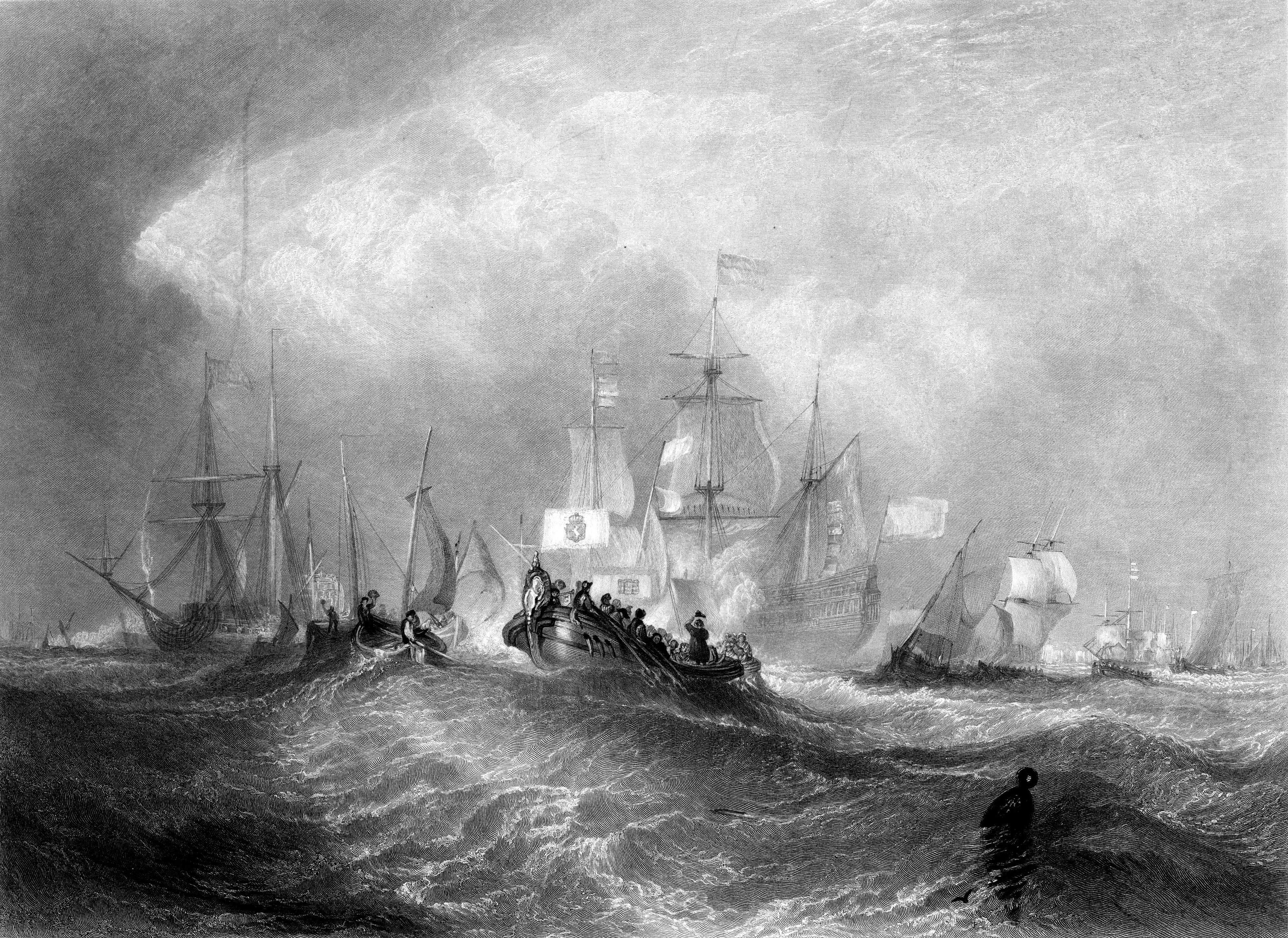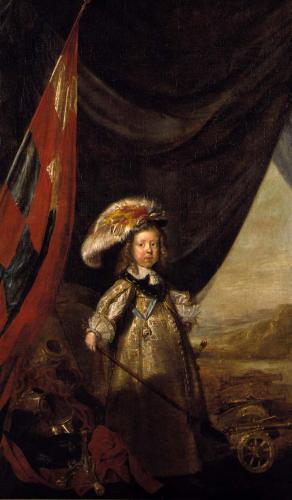|
Johannes Withoos
Johannes Withoos (1648 – c.1688) was a Dutch Golden Age painter and the eldest son of Mathias Withoos and brother of the painters Alida, Maria, Frans and Pieter. Biography Johannes Withoos was born in Amersfoort. According to Houbraken Mathias had three sons and four daughters but mentions only the sons and Alida by name.Johannes Withoos Biography in ''De groote schouburgh der Nederlantsche konstschilders en schilderessen'' (1718) by , courtesy of the Digital library for Dutch literature Alida was still alive whe ... [...More Info...] [...Related Items...] OR: [Wikipedia] [Google] [Baidu] |
Dutch Golden Age
The Dutch Golden Age ( ) was a period in the history of the Netherlands which roughly lasted from 1588, when the Dutch Republic was established, to 1672, when the '' Rampjaar'' occurred. During this period, Dutch trade, scientific developments, art and overseas colonisation was among the most prominent in Europe. The first half of the period spanned from the beginning of the Eighty Years' War until its conclusion in 1648, with the second half lasting until the outbreak of the Franco-Dutch War. During the period, Dutch colonialists, many of them affiliated with the East India Company and West India Company, established trading posts and colonies in the Americas, Southern Africa and Asia, protected by the powerful Dutch States Navy. The Dutch also dominated the triangular trade and Atlantic slave trade during this period. Dutch culture flourished during this period as well. However, by the end of the 17th century, conflicts with neighbouring powers as well as declining eco ... [...More Info...] [...Related Items...] OR: [Wikipedia] [Google] [Baidu] |
Julius Francis, Duke Of Saxe-Lauenburg
Julius Francis (16 September 1641 – 30 September 1689) was duke of Saxe-Lauenburg between 1666 and 1689. He was a son of Duke Julius Henry and his third wife Anna Magdalena of Lobkowicz (1606–1668), daughter of Baron William ''the Younger'' Popel of Lobkowicz. He was officially known as ''Julius Franz von Sachsen, Engern und Westfalen''. Life His father Julius Henry had acquired sprawling estates around and a castle in Ploschkowitz (Ploskovice) and Schlackenwerth (Ostrov), Kingdom of Bohemia. Julius Francis had inherited more estates from his Bohemian mother, which is why the dukes of Saxe-Lauenburg had been adopted into the Bohemian nobility, however, not as imperially immediate aristocrats, as in their homeland. Having no sons Julius Francis provided for the legal grounds of female succession in Saxe-Lauenburg. With his death, the Lauenburg line of the House of Ascania was extinct in the male line. So Julius Francis' two daughters Anna Maria Franziska and Sibylle fo ... [...More Info...] [...Related Items...] OR: [Wikipedia] [Google] [Baidu] |
Dutch Golden Age Painters
Dutch Golden Age painting is the painting of the Dutch Golden Age, a period in Dutch history roughly spanning the 17th century, during and after the later part of the Eighty Years' War (1568–1648) for Dutch independence. The new Dutch Republic was the most prosperous nation in Europe and led European trade, science, and art. The northern Terminology of the Low Countries, Netherlandish provinces that made up the new state had traditionally been less important artistic centres than cities in Flanders in the south. The upheavals and large-scale transfers of population of the war, and the sharp break with the old monarchist and Catholic cultural traditions, meant that Dutch art had to reinvent itself almost entirely, a task in which it was very largely successful. The painting of religious subjects declined very sharply, but a large new market for all kinds of secular subjects grew up. Although Dutch painting of the Golden Age is included in the general European period of Baroque ... [...More Info...] [...Related Items...] OR: [Wikipedia] [Google] [Baidu] |
1688 Deaths
Events January–March * January 2 – Fleeing from the Spanish Navy, French pirate Raveneau de Lussan and his 70 men arrive on the west coast of Nicaragua, sink their boats, and make a difficult 10 day march to the city of Ocotal. * January 5 – Pirates Charles Swan and William Dampier and the crew of the privateer ''Cygnet'' become the first Englishmen to set foot on the continent of Australia. * January 11 – The Patta Fort and the Avandha Fort, located in what is now India's Maharashtra state near Ahmednagar, are captured from the Maratha clan by Mughul Army commander Matabar Khan. The Mughal Empire rules the area 73 years. * January 17 – Ilona Zrínyi, who has defended the Palanok Castle in Hungary from Austrian Imperial forces since 1685, is forced to surrender to General Antonio Caraffa. * January 29 – Madame Jeanne Guyon, French mystic, is arrested in France and imprisoned for seven months. * January 30 (January 20, 1687 old s ... [...More Info...] [...Related Items...] OR: [Wikipedia] [Google] [Baidu] |
1648 Births
The year 1648 has been suggested as possibly the last time in which the overall human population declined, coming towards the end of a broader period of global instability which included the collapse of the Ming dynasty and the Thirty Years' War, the latter of which ended in 1648 with the Peace of Westphalia. Events January–March * January 15 ** Manchu invaders of China's Fujian province capture Spanish Dominican priest Francisco Fernández de Capillas, torture him and then behead him. Capillas will be canonized more than 350 years later in 2000 in the Roman Catholic Church as one of the Martyr Saints of China. ** Alexis, Tsar of Russia, marries Maria Miloslavskaya, who later gives birth to two future tsars (Feodor III and Ivan V) as well as Princess Sophia Alekseyevna, the regent for Peter I. * January 17 – By a vote of 141 to 91, England's Long Parliament passes the Vote of No Addresses, breaking off negotiations with King Charles I, and thereby ... [...More Info...] [...Related Items...] OR: [Wikipedia] [Google] [Baidu] |
Artnet
Artnet.com is an art market website. It is operated by Artnet Worldwide Corporation, which has headquarters in New York City. It is owned by Artnet AG, a German publicly-traded company based in Berlin that is listed on the Frankfurt Stock Exchange. The company increased revenues by 25.3% to €17.3 million in 2015 compared with a year before. Company history The company was founded as Centrox Corporation in 1989 by Pierre Sernet, a French art collector who developed database software which allowed images of artworks to be associated with market prices. Hans Neuendorf, a German art dealer, began to invest in the company in the 1990s; he became chairman in 1992 and chief executive officer in 1995. That same year, the name was changed to Artnet Worldwide Corporation. It was taken over by Artnet AG in 1998. Neuendorf's son, Jacob Pabst, became chief executive officer in July 2012. Website Artnet operates an international research and trading platform for the art market, ... [...More Info...] [...Related Items...] OR: [Wikipedia] [Google] [Baidu] |
Christian V Of Denmark
Christian V (15 April 1646 – 25 August 1699) was King of Denmark and Norway from 1670 until his death in 1699. Well-regarded by the common people, he was the first king anointed at Frederiksborg Castle chapel as absolute monarch since the decree that institutionalized the supremacy of the king in Denmark-Norway. Christian fortified the absolutist system against the aristocracy by accelerating his father's practice of allowing both Holstein nobles and Danish and Norwegian commoners into state service. As king, he wanted to show his power as absolute monarch through architecture, and dreamed of a Danish Palace of Versailles, Versailles. He was the first to use the 1671 Throne Chair of Denmark, partly made for this purpose. His motto was: ''Pietate et Justitia'' (With piety and justice). Biography Early years Prince Christian was born on 15 April 1646 at Duborg Castle in the city of Flensburg, then located in the Duchy of Schleswig. He was the first legitimate child born to t ... [...More Info...] [...Related Items...] OR: [Wikipedia] [Google] [Baidu] |
Ratzeburg
Ratzeburg (; Low German: ''Ratzborg'') is a town in Schleswig-Holstein, Germany. It is surrounded by Ratzeburger See, four lakes—the resulting isthmuses between the lakes form the access lanes to the town. Ratzeburg is the capital of the district Herzogtum Lauenburg. History The town was founded in the 11th century as Racisburg. The name is traditionally derived from the local Wends, Wendish ruler, Prince Ratibor (Polabian prince), Ratibor of the Polabians (tribe), Polabians, who was nicknamed Ratse. In the year 1044 Christian missionaries under the leadership of the monk Ansverus came into the region and built a monastery. It was destroyed in a Slavic rebellion of 1066, pagan rebellion in 1066; the monks were stoned to death. Today monuments to the missionaries in two of the town's churches commemorate these events. Ansverus was canonised in the 12th century and his relics were entombed in the Ratzeburg cathedral. Henry the Lion became the ruler of the town in 1143 and estab ... [...More Info...] [...Related Items...] OR: [Wikipedia] [Google] [Baidu] |
Mathias Withoos
Matthias Withoos (1627–1703), also known as Calzetta Bianca and Calzetti, was a Dutch painter of still lifes and city scenes, best known for the details of insects, reptiles and undergrowth in the foreground of his pictures.Seymour Slive, ''Dutch Painting 1600-1800'', Yale University Press Pelican history of Art, New Haven, Conn: Yale University Press, 1995, p. 290. .H.-G. Dijk-Koekoek, "Withoos [Calzetti; Galzetta Bianca], Matthias [Matteo]," ''Grove Art Online''. Oxford University Press, [October 29, 2007]. Life Withoos was born in Amersfoort. He studied under Jacob van Campen, at his painters' school just outside the city at his country house, and then with Otto Marseus van Schrieck. When he was 21, Withoos made a trip to Rome with van Schrieck, and Willem van Aelst. In Rome they joined the group of northern artists known as the "Bentvueghels" ("Birds of a feather"), and Withoos went by the alias "Calzetta Bianca" ("White Hose (clothing), Hose") — a translation of his ... [...More Info...] [...Related Items...] OR: [Wikipedia] [Google] [Baidu] |
Arnold Houbraken
Arnold Houbraken (28 March 1660 – 14 October 1719) was a Dutch people, Dutch Painting, painter and writer from Dordrecht, now remembered mainly as a biographer of Dutch Golden Age painters. Life Houbraken was sent first to learn ''threadtwisting'' (Twyndraat) from Johannes de Haan, who introduced him to engraving. After two years he then studied art with Willem van Drielenburch, who he was with during the rampjaar, the year 1672. He then studied 9 months with Jacobus Leveck and finally, four years with Samuel van Hoogstraten. In 1685 he married Sara Sasbout, and around 1709 he moved from Dordrecht to Amsterdam. Arnold Houbraken painted mythological and religious paintings, portraits and landscapes. He is best known for the art history, art historical work ''The Great Theatre of Dutch Painters'' (1718–1721). When he died his son Jacobus Houbraken, Jacob assisted his mother with the last proofs of the manuscript before publishing. His first attempt at an instructive manual ... [...More Info...] [...Related Items...] OR: [Wikipedia] [Google] [Baidu] |
Amersfoort
Amersfoort () is a Cities of the Netherlands, city and List of municipalities of the Netherlands, municipality in the Provinces of the Netherlands, province of Utrecht (province), Utrecht, Netherlands. As of 31 January 2023, the municipality had a population of 160,902, making it the second-largest of the province and fifteenth-largest of the country. Amersfoort is also one of the largest Dutch railway junctions with its three stations—Amersfoort Centraal railway station, Amersfoort Centraal, Amersfoort Schothorst railway station, Schothorst and Amersfoort Vathorst railway station, Vathorst—due to its location on two of the Netherlands' main east to west and north to south railway lines. The city was used during the 1928 Summer Olympics as a venue for the Modern pentathlon at the 1928 Summer Olympics, modern pentathlon events. Amersfoort marked its 750th anniversary as a city in 2009. History Hunter-gatherer, Hunter gatherers set up camps in the Amersfoort region in the Mes ... [...More Info...] [...Related Items...] OR: [Wikipedia] [Google] [Baidu] |








